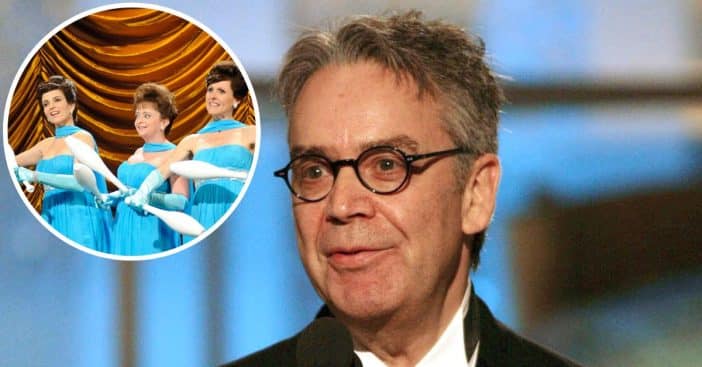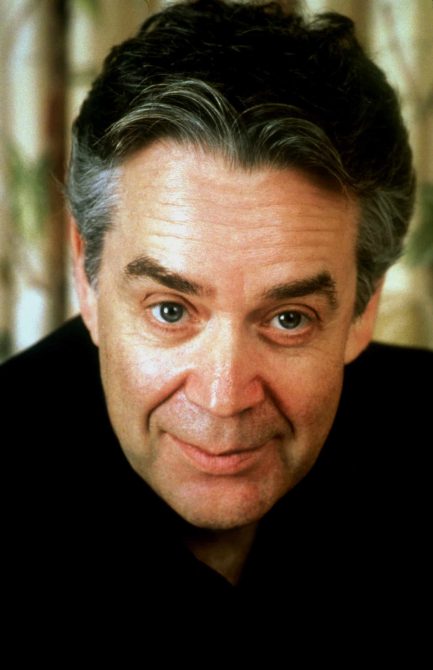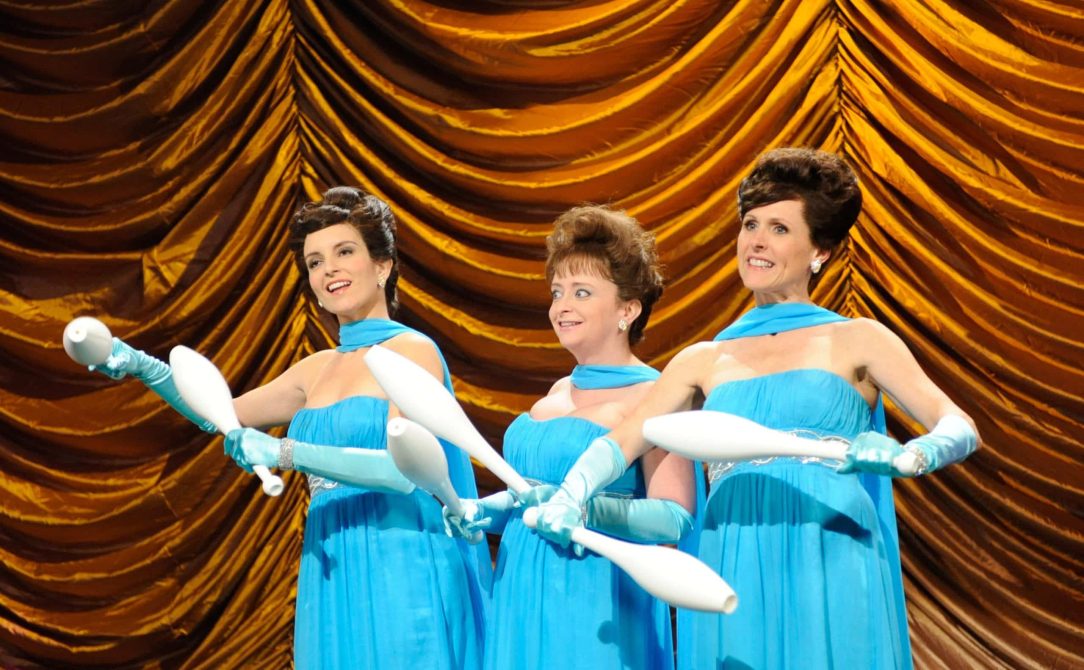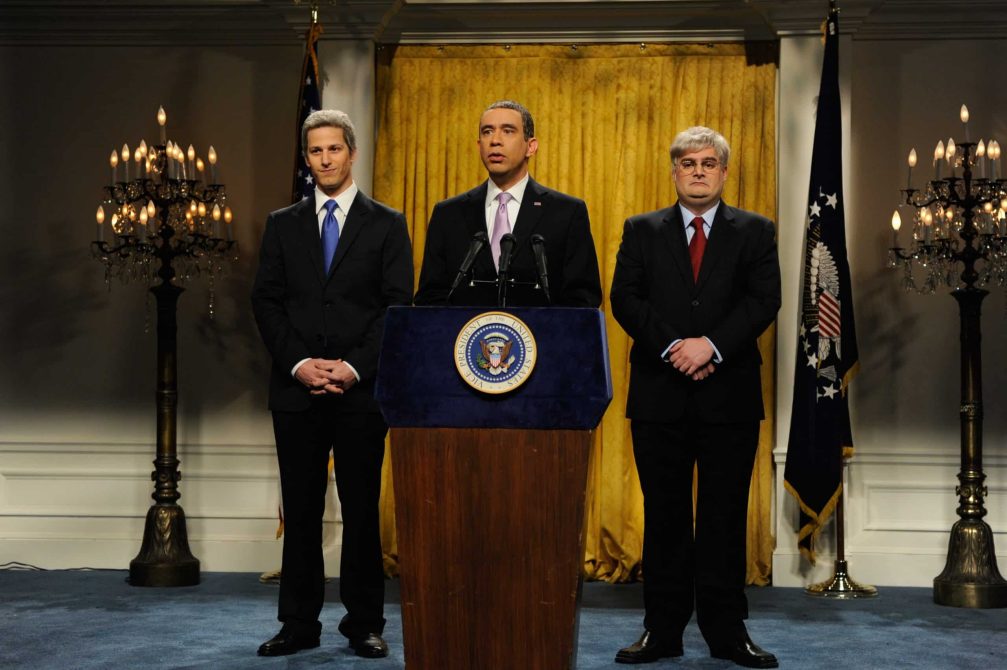
Saturday Night Live has always showcased an opening theme song which serves as a backdrop to the announcement of the various cast members. However, this isn’t “traditional” and differs from other TV shows that feature the same familiar tune.
The musical director for SNL, Howard Shore, shared in James Andrew Miller and Tom Shales’ book, Live From New York, why the variety show never recorded a signature song the audience could sing along to. “I wanted the theme music for the show to have an improvisational feel, like the show itself, and I wanted it to grow and change from year to year,” Shore revealed. “And that’s why, when I listen to the show now after 25, 26 years, it still sounds fresh to me and sort of classic, and it wouldn’t have if you kept hearing the same hummable melody over and over.”
Howard Shore worked as Saturday Night Live music director for five years

Howard Shore began his career in musical composition as the first musical director of Saturday Night Live, a job he maintained for five years from 1975 to 1980. His creative musical talents later earned him three Oscars for the Lord of the Rings trilogy.
RELATED: ‘Saturday Night Live’ Fans Roast Weekend Update, Saying It “Hasn’t Been Good”
The SNL opening tune and the rest of the music produced by the band were mostly influenced by Jazz and R&B. Shore also ensured that there was perfect synchronization between the music and what was going on during the opening and closing credits, as well as in to and out of commercial breaks.

Howard Shore wanted the ‘SNL theme song to be distinct
During Shore’s tenure as the musical director of SNL, he made sure to differentiate the show’s themes from the “big band” or more “formalized arrangements” presented on other programs, where they maintain the same sound episode after episode.

Being a saxophonist, Shore understands rhythm, so he created a setting where viewers could enjoy the instruments played on the show. He also stated that he wanted the song to be distinct from the type of music expected by the audience and allow it to synchronize with the cast, who had the freedom to perform independently.
